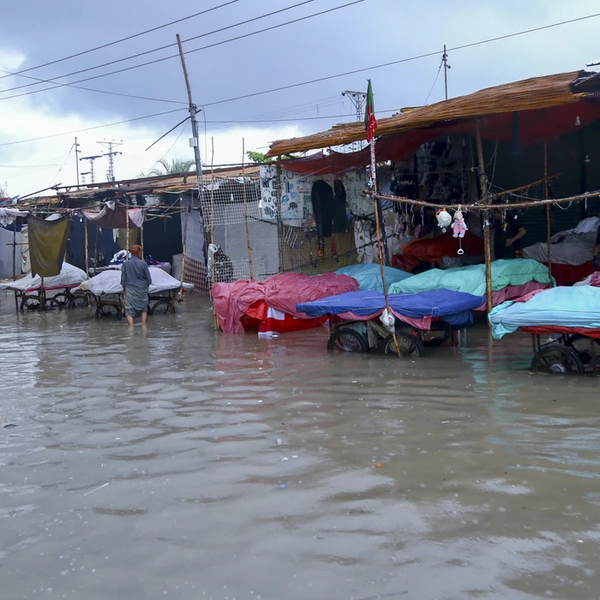Sindh unveils PKR 3.45 trillion budget with pay hikes, development spending cuts
12% pay raise for junior employees, 8% pension hike included; ADP slashed due to federal shortfall
Sheraz Ahmed
Correspondent
Sheraz Ahmed is a professional with 12 years of experience in journalism. He worked in as News Reporter in leading News channels like Geo News, Dunya tv, Aap News and 92 News hd. Currently he is affiliated with Nukta Pakistan as Correspondent.

Sindh Chief Minister Syed Murad Ali Shah on Friday unveiled the provincial budget for the fiscal year 2025-26, with a total outlay of PKR 3.45 trillion ($12.4 billion), marking a 12.9% increase from the previous year.
Key salary increases include a 12% raise for employees in grades 1 through 16 and a 10% raise for grades 17 through 22, along with an 8% pension hike.
The budget allocates:
- PKR 2.15 trillion for current expenditures,
- PKR 523.7 billion for education (25.3% of current expenditures),
- PKR 326.5 billion for health, including major funding for the Sindh Institute of Urology and Transplantation (SIUT), the People’s Primary Healthcare Initiative (PPHI), and a new hospital in Larkana.
The Annual Development Program (ADP) was cut by 20% to PKR 520 billion due to an expected shortfall in federal transfers. Priority areas include flood rehabilitation, renewable energy, clean water and infrastructure.
In Karachi, major urban transport and infrastructure upgrades were announced, including the rollout of 50 electric buses, with 100 more expected by August 2025. Progress on the Bus Rapid Transit (BRT) Yellow and Red Lines was also highlighted. The Karachi Safe City Project will expand with AI-powered CCTV surveillance systems.
Other budget measures include:
- A new Benazir Hari Card for farmers,
- A blockchain-based land record system,
- Digital birth registration linked to health and education data,
- Over 25,000 new police recruits,
- Expanded health coverage for law enforcement.
Chief Minister Shah said the budget reflects the Pakistan Peoples Party’s (PPP) commitment to public welfare despite fiscal constraints and International Monetary Fund (IMF) restrictions.
“This is a budget of development, relief and reform,” he said.










Comments
See what people are discussing